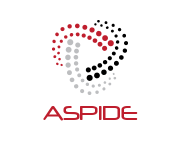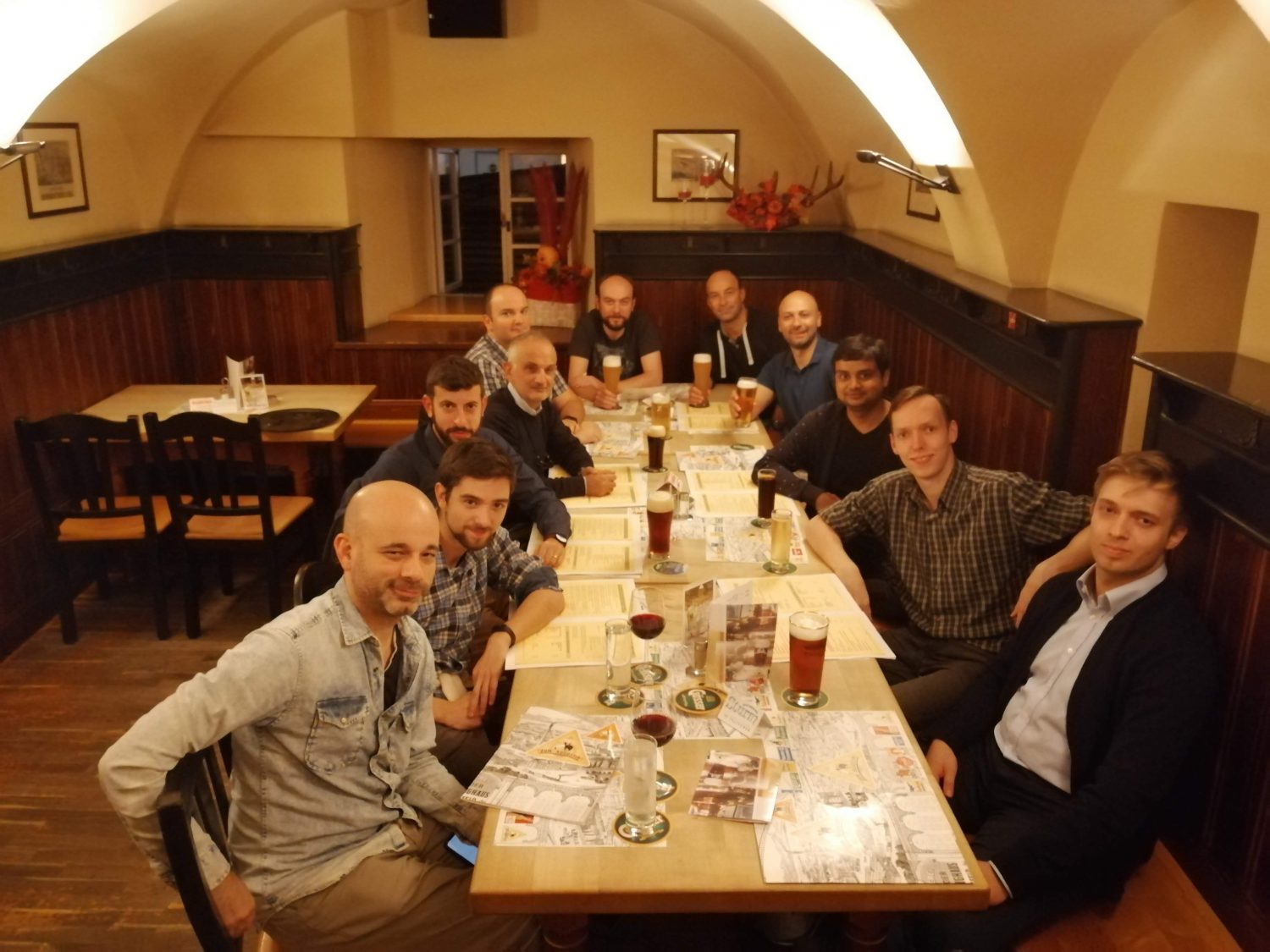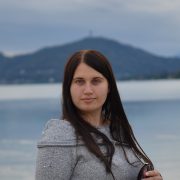The paper “GLENDA: Gynecologic Laparoscopy Endometriosis Dataset” has been accepted for publication at the Multimedia Datasets for Repeatable Experimentation (MDRE) special session, co-located at the 26th International Conference on Multimedia Modeling, MMM 2020 to be held at Daejon, Korea (January 5-8, 2020).
Authors: Andreas Leibetseder, Sabrina Kletz, Klaus Schoeffmann (Alpen-Adria Universität Klagenfurt), Simon Keckstein (Ludwig-Maximilians-University Munich), Jörg Keckstein (Ulm University)
Abstract: Gynecologic laparoscopy as a type of minimally invasive surgery (MIS) is performed via a live feed of a patient’s abdomen surveying the insertion and handling of various instruments for conducting treatment. Adopting this kind of surgical intervention not only facilitates a great variety of treatments, the possibility of recording said video streams is as well essential for numerous post-surgical activities, such as treatment planning, case documentation and education. Nonetheless, the process of manually analyzing surgical recordings, as it is carried out in current practice, usually proves tediously time-consuming. In order to improve upon this situation, more sophisticated computer vision as well as machine learning approaches are actively developed. Since most of such approaches heavily rely on sample data, which especially in the medical field is only sparsely available, with this work we publish the Gynecologic Laparoscopy ENdometriosis DAtaset (GLENDA) – an image dataset containing region-based annotations of a common medical condition named endometriosis, i.e. the dislocation of uterine-like tissue. The dataset is the first of its kind and it has been created in collaboration with leading medical experts in the field.
Keywords: lesion detection, endometriosis localization, medical dataset, region-based annotations, gynecologic laparoscopy
Acknowledgement: This work was funded by the FWF Austrian Science Fund under grant P 32010-N38.


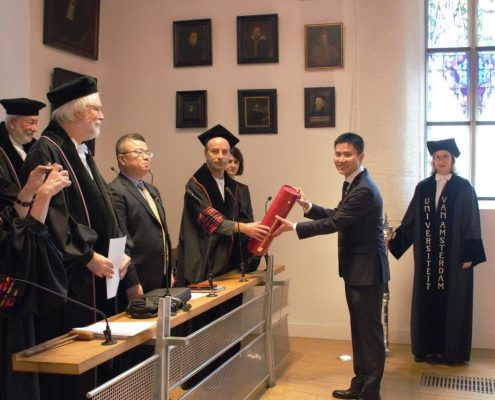

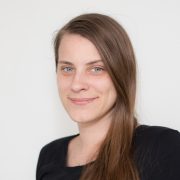
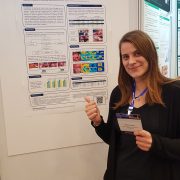
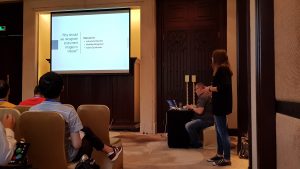 Sabrina Kletz presented the paper “Learning the Representation of Instrument Images in Laparoscopy Video” at the
Sabrina Kletz presented the paper “Learning the Representation of Instrument Images in Laparoscopy Video” at the 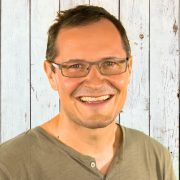
 The Hüttenjam 2019 is over and it has been a hugely successful event. 26 participants jammed for two days and two nights in four chalets at Marktlalm, on Turracher Höhe. Six games have been developed matching the topic “Can’t see the wood for the trees”. Games ranged from multiplayer hide and seek, to simulations, platformers, stealth, and puzzle games. All games can be found on Itch.io [1]. Besides working on the games we could socialize and network with joint breakfast and lunches and trips to the Nockiflitzer and Panoramaalm. For the motivated participants, there were running sessions in the morning and a hike to Rinsennock.
The Hüttenjam 2019 is over and it has been a hugely successful event. 26 participants jammed for two days and two nights in four chalets at Marktlalm, on Turracher Höhe. Six games have been developed matching the topic “Can’t see the wood for the trees”. Games ranged from multiplayer hide and seek, to simulations, platformers, stealth, and puzzle games. All games can be found on Itch.io [1]. Besides working on the games we could socialize and network with joint breakfast and lunches and trips to the Nockiflitzer and Panoramaalm. For the motivated participants, there were running sessions in the morning and a hike to Rinsennock. 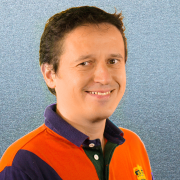
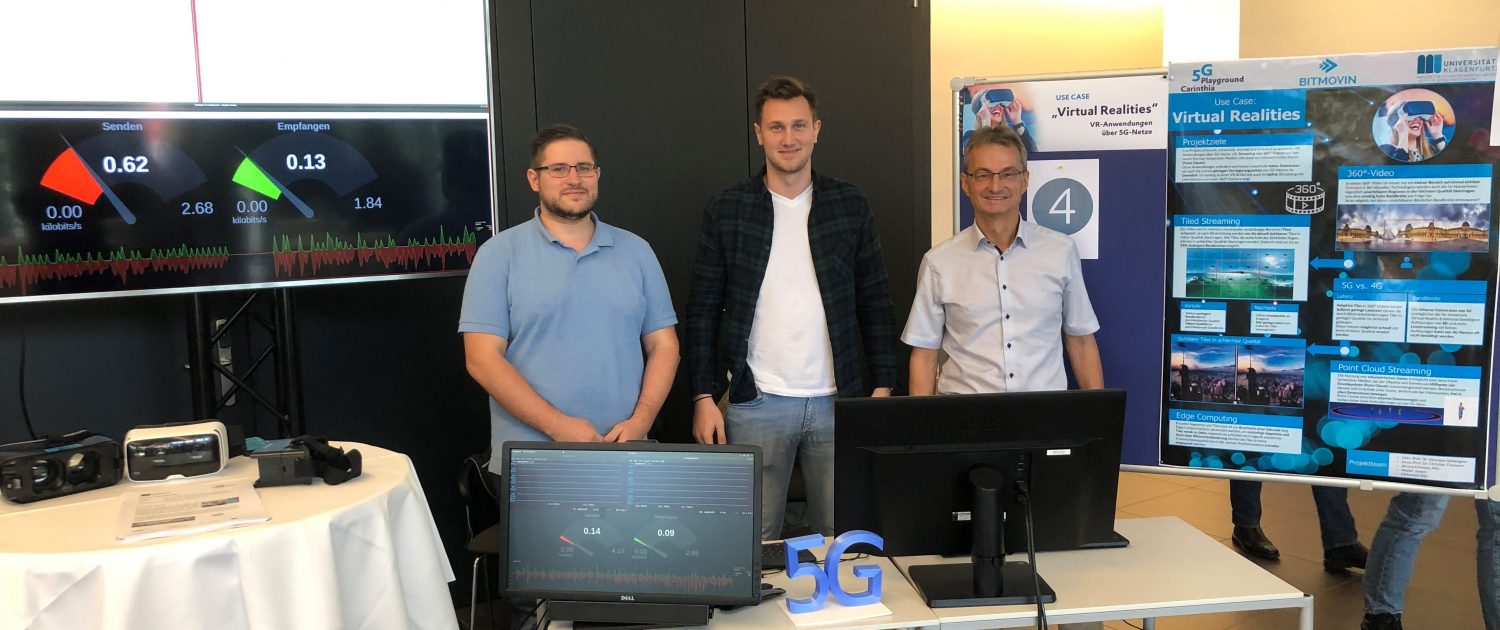
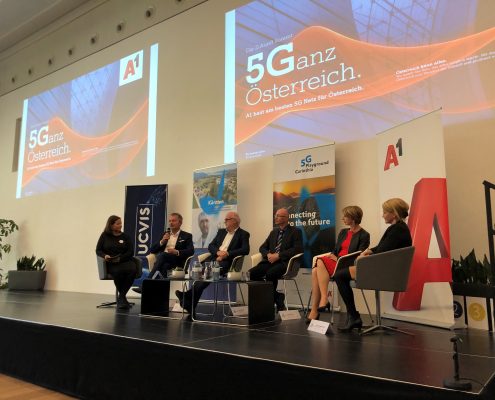 Mit dem 5G Summit Carinthia, ein Kurzsymposium zur neuen Mobilfunktechnologie 5G, wurde heute der 5G Playground Carinthia feierlich eröffnet. Der 5G Playground Carinthia ist österreichweit die erste Serviceeinrichtung für die Erforschung und Weiterentwicklung von 5G-spezifischen Anwendungen, Services und Geschäftsmodellen. Das Bundesministerium für Verkehr, Innovation und Technology (BMVIT) sowie das Land Kärnten finanzieren dieses einzigartige Forschungslabor im Süden Österreichs. A1 Telekom Austria stellt die technische Infrastruktur zur Verfügung.
Mit dem 5G Summit Carinthia, ein Kurzsymposium zur neuen Mobilfunktechnologie 5G, wurde heute der 5G Playground Carinthia feierlich eröffnet. Der 5G Playground Carinthia ist österreichweit die erste Serviceeinrichtung für die Erforschung und Weiterentwicklung von 5G-spezifischen Anwendungen, Services und Geschäftsmodellen. Das Bundesministerium für Verkehr, Innovation und Technology (BMVIT) sowie das Land Kärnten finanzieren dieses einzigartige Forschungslabor im Süden Österreichs. A1 Telekom Austria stellt die technische Infrastruktur zur Verfügung.
 ITEC is delighted to announce the next speaker in our guest lecture series – Dr. Antorweep Chakravorty from
ITEC is delighted to announce the next speaker in our guest lecture series – Dr. Antorweep Chakravorty from 